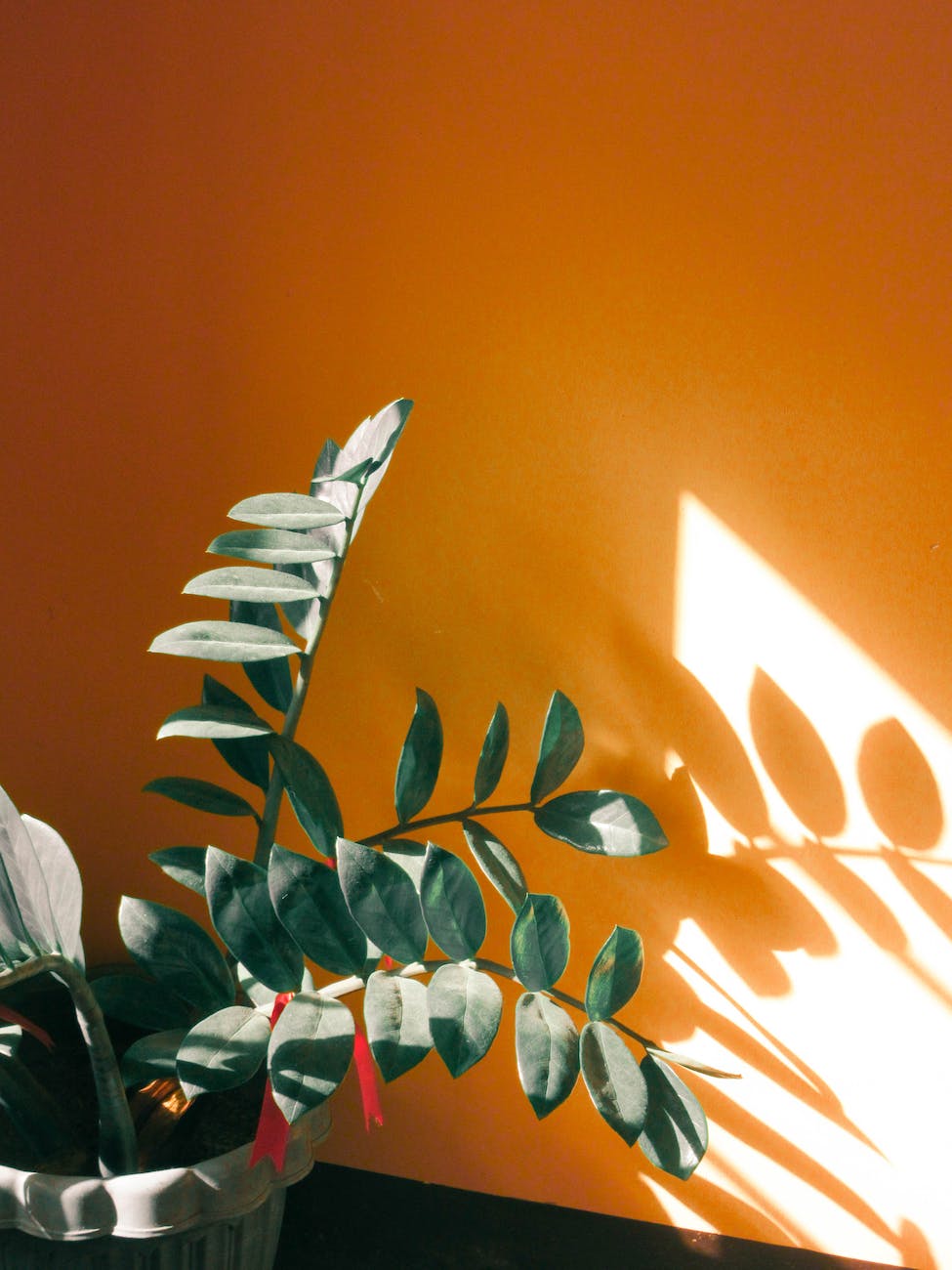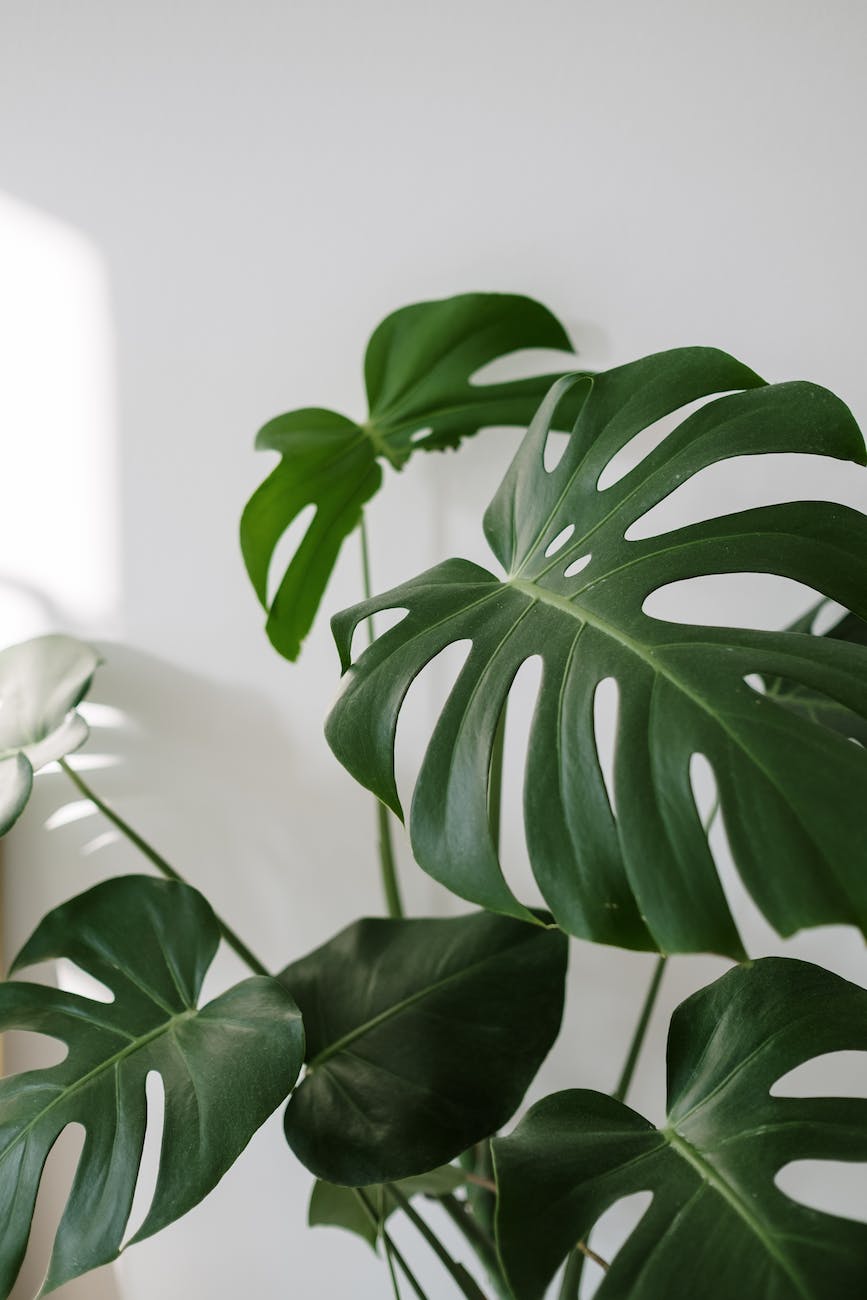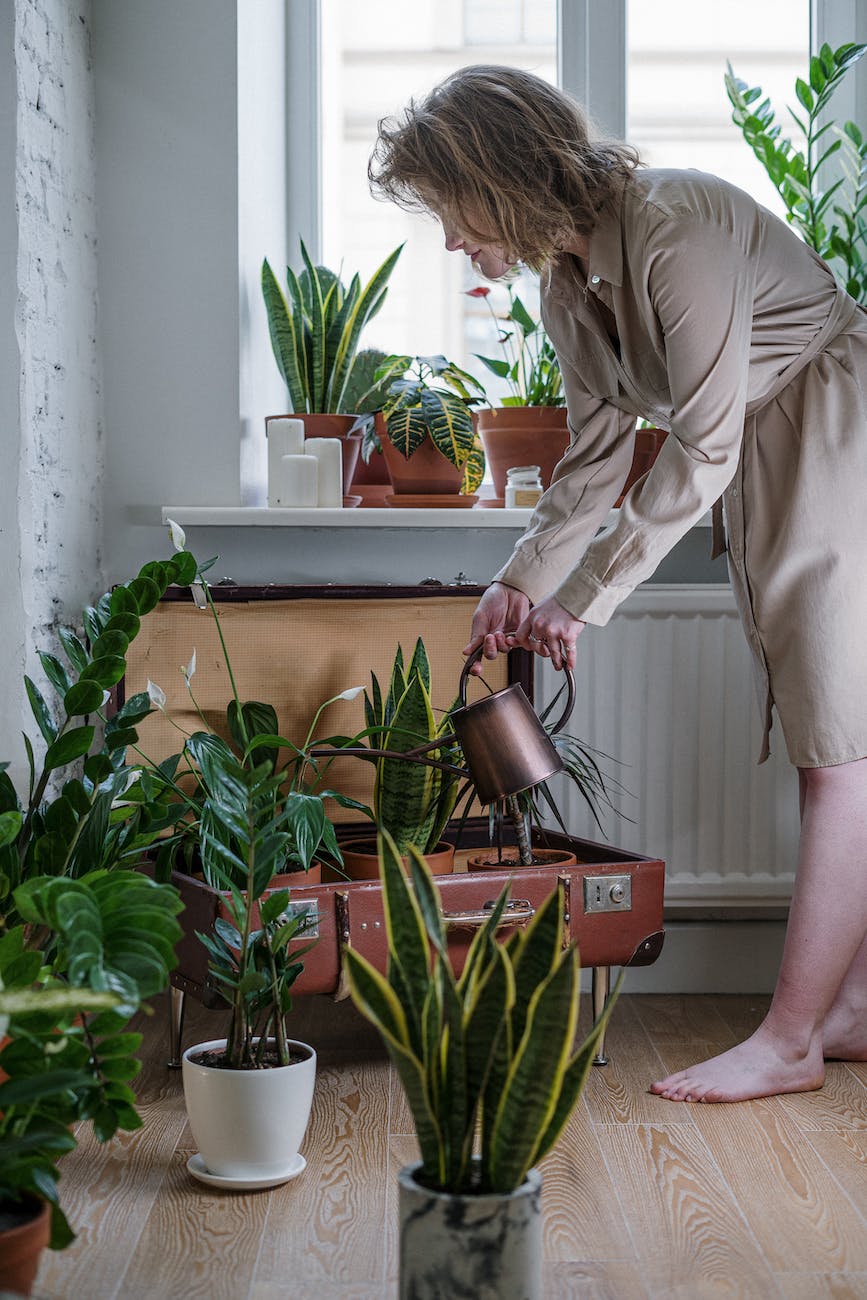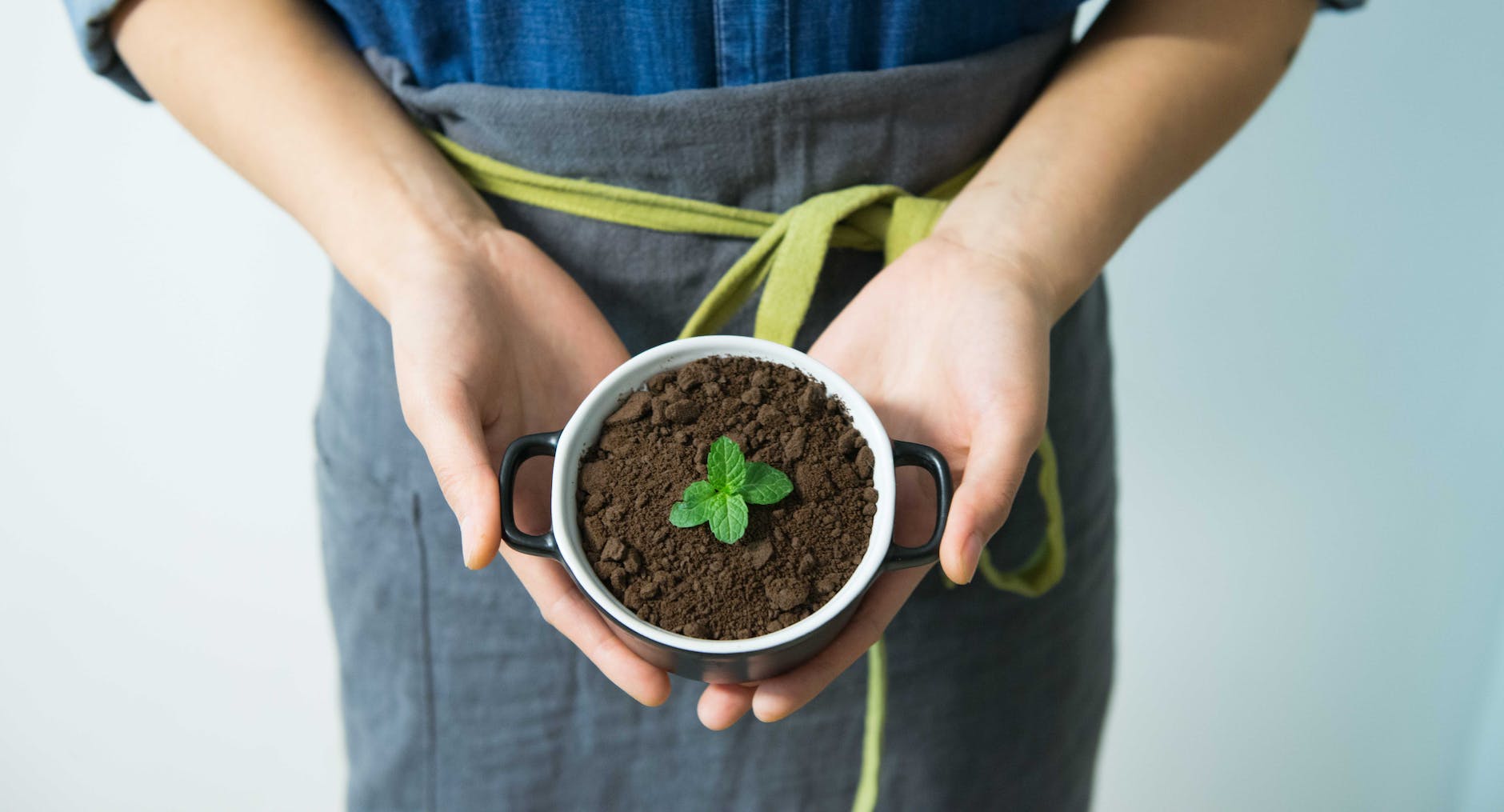Hey there plant enthusiasts! Are you looking to create a home environment that’s perfect for your beloved indoor plants? If so, you’re in luck! By following a few simple tips, you can create a space that’s perfect for your plants to thrive.
One of the many benefits of having plants in your home is that they can improve the air quality and make your space feel more inviting and relaxing. But to keep your plants healthy and happy, it’s important to create a home environment that’s conducive to their growth.
So, what does a plant-friendly home environment look like? It’s all about paying attention to the basic needs of your plants and providing them with the right conditions to thrive. This might include choosing the right soil, providing adequate light and water, and maintaining a comfortable temperature.
By creating a home environment that’s perfect for your plants, you’ll be able to enjoy all the benefits of having plants in your space. Not only will your plants be healthy and happy, but you’ll also have the pleasure of enjoying their beauty and the many other benefits they bring.
Plant Types:
When it comes to caring for indoor plants, one of the most important things to consider is choosing the right plants for your space. Not all plants are well-suited to life indoors, so it’s important to select plants that are specifically designed for growing inside.
Before you buy any plants, make sure to consider the amount of light and temperature in the location where you will be placing them. Different plants have different light and temperature needs, so it’s crucial to choose plants that will thrive in your particular environment.
If you’re not sure which plants will work best in your space, don’t worry! There are plenty of options to choose from. Some popular choices for indoor plants include snake plants, pothos, and peace lilies. These plants are known for their ability to thrive in a variety of indoor conditions, making them a great choice for beginner plant parents.
So, take the time to choose the right plants for your space and you’ll be well on your way to a happy and healthy indoor garden!

Provide adequate light:
Without enough light, your plants may struggle to photosynthesize and thrive.
The amount of light that a plant needs depends on the species, but most indoor plants do best in bright, indirect light. This means that they should be placed in a location that gets plenty of light, but not so much that it scorches their leaves.
Avoid placing your plants in locations that are too dark or too sunny, as this can harm them. If you’re not sure about the light requirements for your plants, don’t worry! There are plenty of resources available to help you out. You can consult a gardening guide or ask a plant expert for advice.
So, make sure to give your plants the light they need to thrive. The right amount of light will keep your indoor plants will be happy and healthy.

Temperature:
Did you know that the temperature of your home or office can have a big impact on the health of your indoor plants? Just like us, plants prefer to be kept at a comfortable temperature.
Most indoor plants prefer to be kept at temperatures between 60 and 75 degrees Fahrenheit. This may vary slightly depending on the species of plant, so it’s always a good idea to do some research or consult a gardening guide to determine the specific temperature needs of your plants.
One thing to be aware of is the location of your plants in relation to heating and cooling vents. Fluctuations in temperature caused by these vents can be harmful to your plants, so it’s best to keep them away from these areas.

Watering:
One of the key ways to do that is by watering them properly.
But let’s be real, it can be tough to get the watering just right. It’s easy to either overwater or underwater your plants, which can lead to all sorts of problems. No one wants to see their beloved plants wilt or droop because they weren’t getting enough (or too much!) H2O.
So, what’s the secret to proper plant watering? It really comes down to understanding the needs of your specific plants. Some plants prefer to be watered frequently and consistently, while others prefer to dry out a bit in between waterings. A good rule of thumb is to check the top inch of soil for dryness before watering. If it feels dry to the touch, it’s probably time to give your plants a drink.
Remember, each plant is unique and may have different watering requirements. So, be sure to do your research and pay attention to your plant’s needs. With a little bit of TLC and the right amount of water, your plants will be happy and healthy in no time!

Soil
As you probably know, the soil you use can play a big role in the health and well-being of your indoor plants. It’s important to choose the right soil for your specific plants, as different plants have different soil requirements.
When it comes to indoor plants, a well-draining potting soil that contains a mix of organic matter and inorganic materials is generally a good choice. This type of soil will help your plants thrive by providing the necessary nutrients and drainage they need.
But be careful! Avoid using soil from your garden, as it may contain pests or diseases that could harm your indoor plants. It’s always best to opt for a high-quality potting soil specifically designed for indoor use.
So, the next time you’re planting or repotting your indoor plants, be sure to choose the right soil. Your plants will thank you for it!
